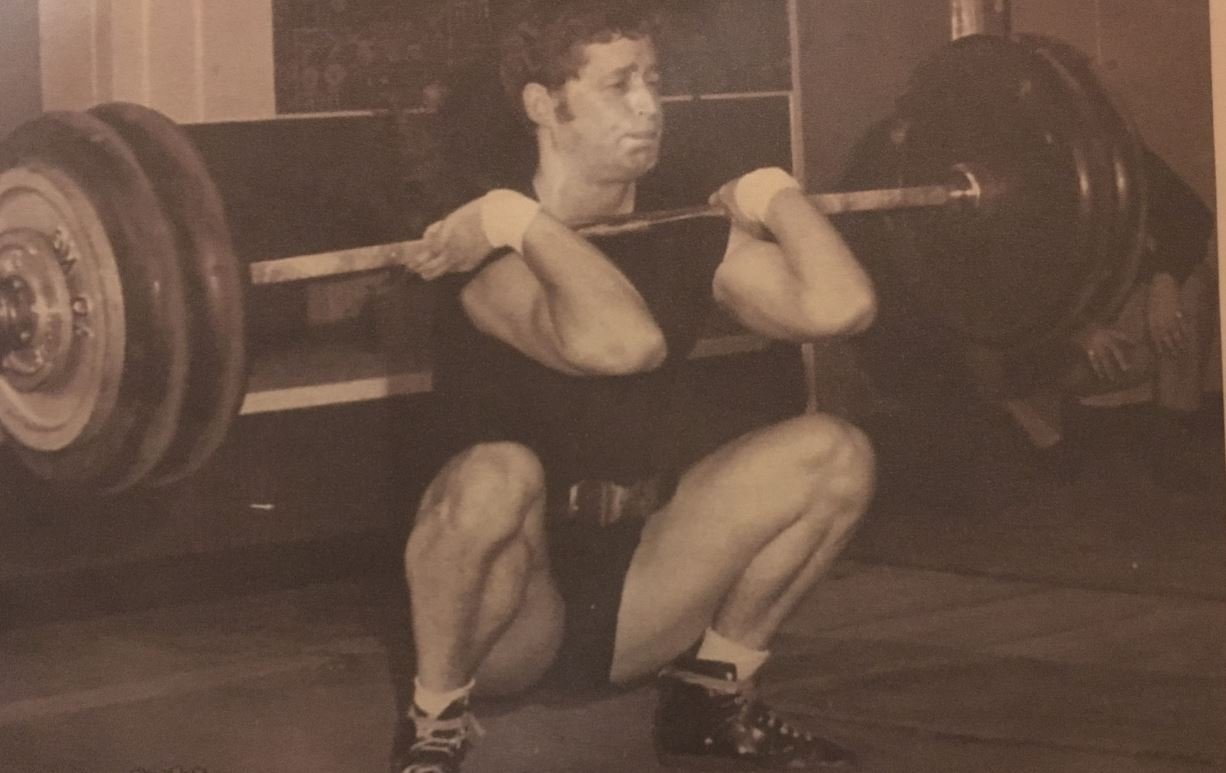Weight Training and the Older Man
Long before ‘Body Coach’ Joe Wicks got the UK off the sofa and interested in the concept of ‘core strength’, Tony Banks was using his personal interest in weight training to develop vital medical research.
What started as Tony’s hobby, more than 60 years ago, has turned into vital evidence, demonstrating that weight training for older men is an essential element of a longer, healthier life.
Sixty years on, Tony reflects on the importance of weight training for the older man as part of Men’s Health Week 2020.
Tony Banks is Chairman of Wythenshawe Olympic Weightlifting Club in Manchester, sponsored by Express Medicals.
I started weight training in the 1960’s when it was regarded as being a bit odd. As I proceeded along my medical career pathway, I met similar ‘odd’ people, hammer throwers and those of that ilk.
Eventually, qualifying as a Consultant Trauma and Orthopaedic Surgeon brought me in contact with a wide variety of athletes, as well as an unhealthy population in the north west of the England. I wanted to help improve this latter problem by looking at the former group.
I was aware many years ago that X-rays of weightlifters showed rather dense looking bone. This observation is was poorly described, scientifically speaking, so I set out to look at the problem properly.
I recruited elderly lifters, all of whom had been lifting for many years and organised Dexa scans, which accurately measure bone density. Not unsurprisingly, these older men demonstrated vastly increased bone density.
One of the most debilitating conditions of our age is osteoporosis, especially fractures of the hip. This one injury carries a total cost of the equivalent of 1% of the total NHS budget. At any one time, patients recovering from hip fracture still occupy over 3,600 hospital beds (3,159 in England, 325 in Wales and 133 in Northern Ireland), a figure equivalent to 1 in 45 of all hospital beds in England and Northern Ireland, and 1 in 33 hospital beds in Wales.
Of course there are other parts of the body also involved, such as injury to the wrist and spine. The cost of these injuries to the NHS this year is an estimated £4.4 billion.
Numerous studies throughout the world have shown that regular resistance training can improve bone quality and doesn’t require the use of heavy weights. You only need to lift enough to stress the skeleton. The relative cost and benefits make it clear that these costs alone are enough to make weight training compulsory in schools!
But this isn’t just about bone density: we also need to think and talk about muscle loss. This starts at about age 40 declining in a linear fashion with up to 50% loss of mass by the age of 80. Muscle accounts for about 60% of your body weight so this obviously has profound consequences. Couple this with body weight increase with advancing age and you can clearly see how the strength/weight ratio is considerably altered.
Regular weight training can slow this process down by a significant amount; studies support this pathway in a controlled environment.
You might not have considered weight training because of the modern-day myth that ‘weight training does nothing for cardio-vascular fitness’. “I don’t want to get muscle bound,” is commonly heard in keep-fit environments.
Many years ago, at Salford University, I set up a human performance laboratory which was the forerunner of the modern Wellman clinics of today. We tested several competition lifters who demonstrating excellent cardio-vascular fitness, which was a surprise to me, I had to confess, at the time. Another myth dispelled.
I have noticed many celebrity gurus in very recent times are now eulogising about training with weights. ‘Core strength’ is the modern buzz word.
We would call this mid-section stability. It’s what you develop when you’re required to hold a big weight overhead. It matters not what you want to call it, provided you pay attention to it: especially as you start to age. It can make the difference if you intend to lead a happy, healthy old age.
The evidence is overwhelming that using weights to train regularly is a good thing. Combine this with a good diet. Watch the alcohol consumption. As ever, tobacco is a no.
If time is a limiting factor, the single most effective exercise in my view is a proper deep full squat; it does the lot in one go.
Various drugs are now being openly discussed which may be helpful in in improving the lot of the elderly: testosterone, growth hormone SARMS . . . but that is another story. So make today the day you find out more: resistence isn’t futile, regular workouts are worth their weight in gold.
About the author
Mr Tony Banks MSc. FRCS is a retired, internationally recognised consultant orthopaedic surgeon. Tony is highly regarded throughout the sporting world and was the go-to surgeon for many Premiership football clubs when players sustained injuries. His real passion is strength sports, in particular Olympic Weightlifting. A keen lifter himself, Tony has served on the medical boards of both the European and International Weightlifting federations.

